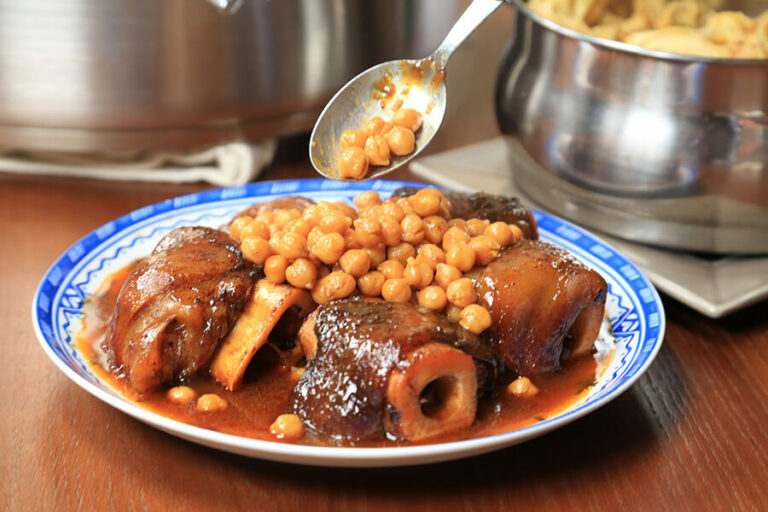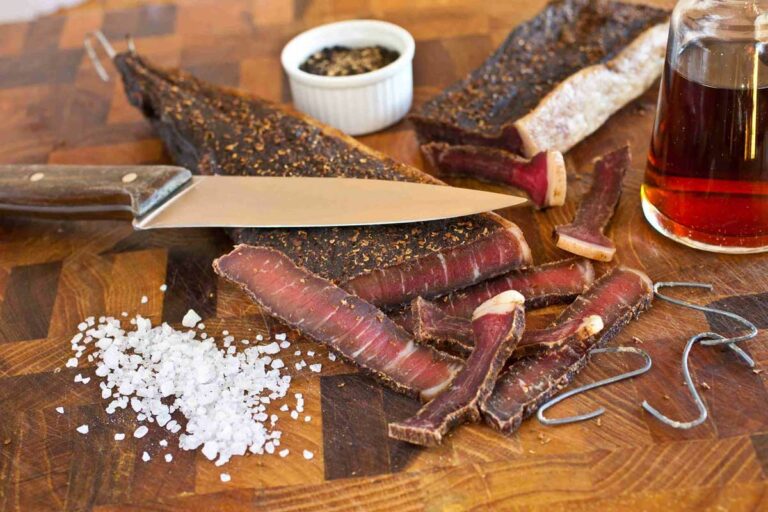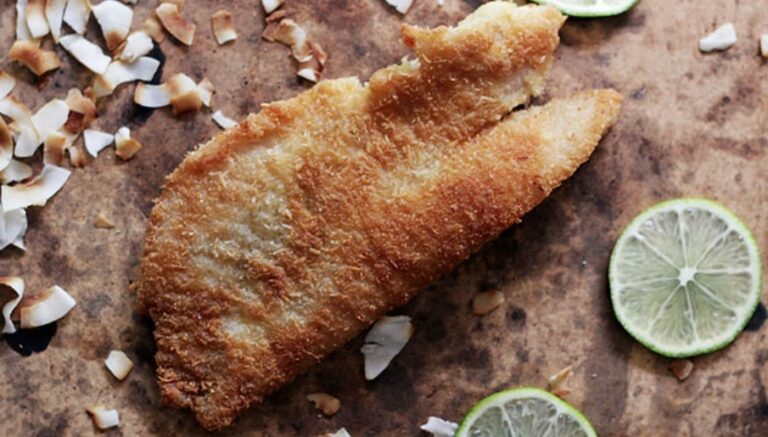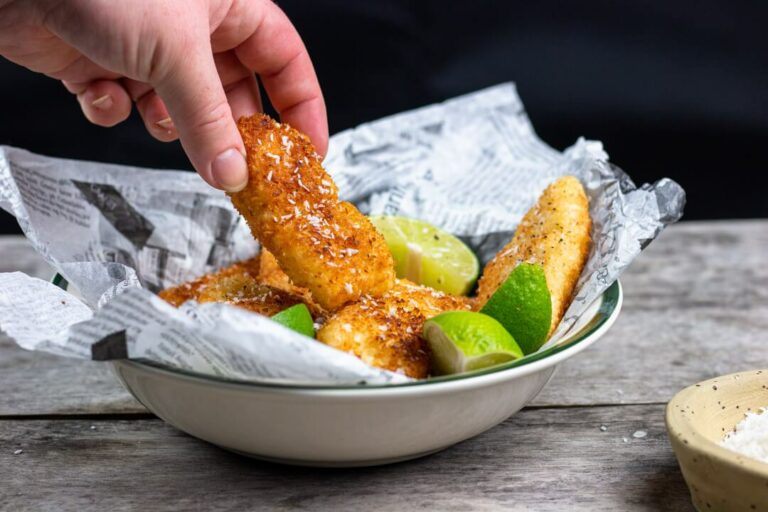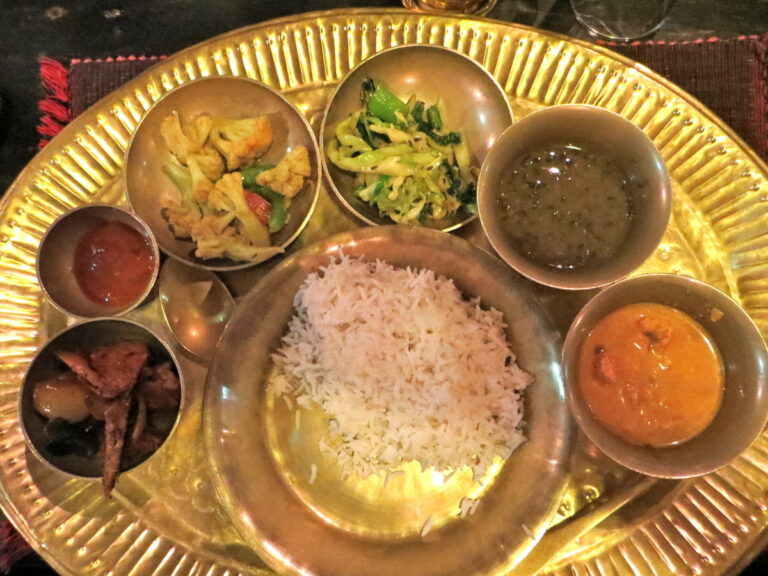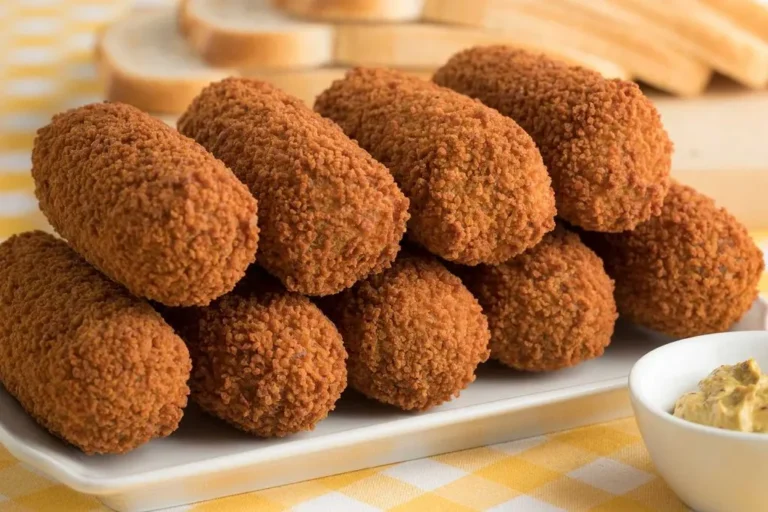Introduction: Montenegrin Cuisine
Montenegro is a small country located in the Balkans, known for its stunning coastline, rugged mountains, and rich cultural heritage. Montenegrin cuisine is a reflection of its diverse geography and influences from neighboring countries such as Italy, Turkey, and Serbia. The cuisine is characterized by the use of fresh, local ingredients, bold flavors, and hearty portions.
Traditional Montenegrin Dishes
Montenegrin cuisine offers a range of traditional dishes that are unique to the region. One of the most popular dishes is “kastradina,” a smoked and dried mutton dish that is typically served with potatoes and onions. Another famous Montenegrin specialty is “njeguški pršut,” a cured ham made from locally raised pigs and seasoned with herbs and spices. “Cicvara” is a creamy polenta dish that is often paired with cheese and sour cream. “Sopska salata,” a refreshing salad made with tomatoes, cucumbers, onions, and feta cheese, is also a staple on many Montenegrin menus.
Cured Meats and Cheeses
Montenegro is renowned for its cured meats and cheeses, which are an essential part of the Montenegrin culinary experience. “Njeguški sir,” a hard, smoked cheese made from sheep’s milk, is considered a delicacy and often served with bread or in salads. “Pljevaljski sir,” another cheese that is native to the region, is made from cow’s milk and has a crumbly texture. “Prosciutto” is a popular cured meat that is made from pork and seasoned with various herbs and spices. It is often served as an appetizer or as part of a charcuterie board.
Seafood Specialties
Montenegro’s long coastline provides an abundance of fresh seafood, which features prominently in many Montenegrin dishes. “Brodet,” a hearty fish stew made with different types of fish, vegetables, and spices, is a popular seafood dish. “Brudet od jastoga” is a lobster stew that is a delicacy in many coastal towns. “Scampi na buzaru” is a flavorful dish made with shrimp, garlic, and white wine. Other seafood specialities include grilled squid, octopus salad, and marinated anchovies.
Meat Dishes and Stews
Montenegrin cuisine is known for its hearty meat dishes and stews, which are often slow-cooked and packed with flavor. “Kuvana jela” is a category of meat stews that includes dishes like “pasulj,” a bean stew with smoked meat, and “gulaš,” a beef stew with paprika and vegetables. “Punjene paprike,” stuffed peppers filled with minced meat and rice, is another popular meat dish. “Ćevapi,” grilled meat sausages served with pita bread and onions, is a ubiquitous street food in Montenegro.
Desserts and Sweets
Montenegrin desserts and sweets are a sweet ending to any meal. “Palačinke,” thin crepes filled with jam or Nutella, are a popular dessert in Montenegro. “Krofne,” doughnuts filled with jam or cream, are also a favorite sweet treat. “Tulumba,” a deep-fried pastry soaked in syrup, is a Turkish-inspired dessert that is popular in Montenegro. “Priganice,” small fried dough balls drizzled with honey, are a sweet and simple dessert often served with coffee.


